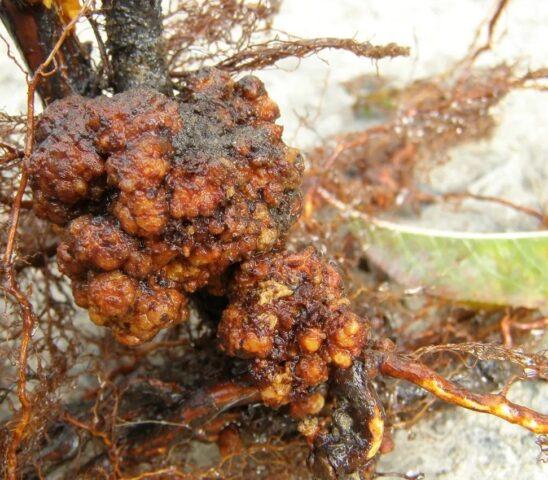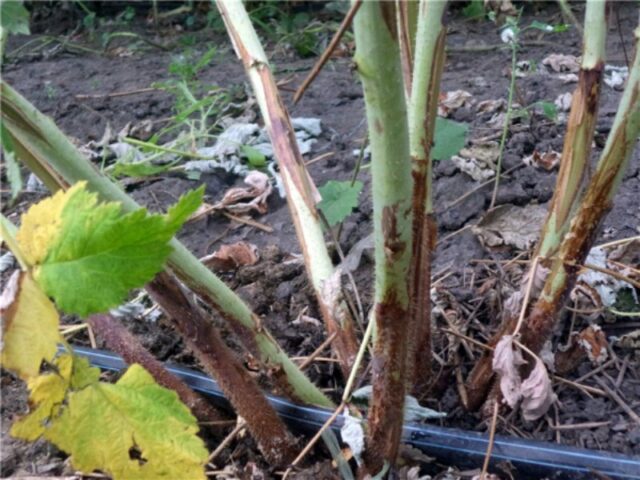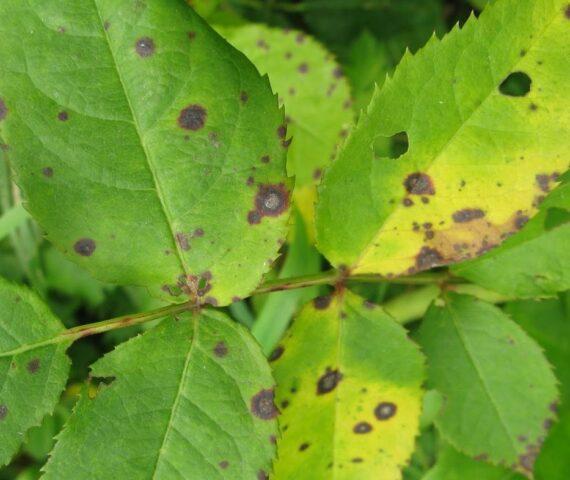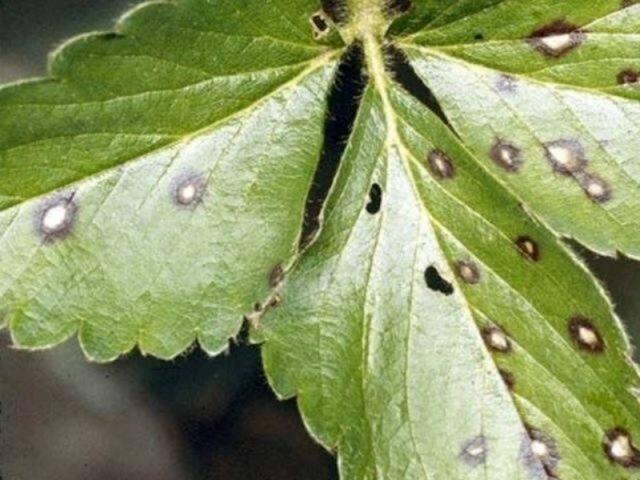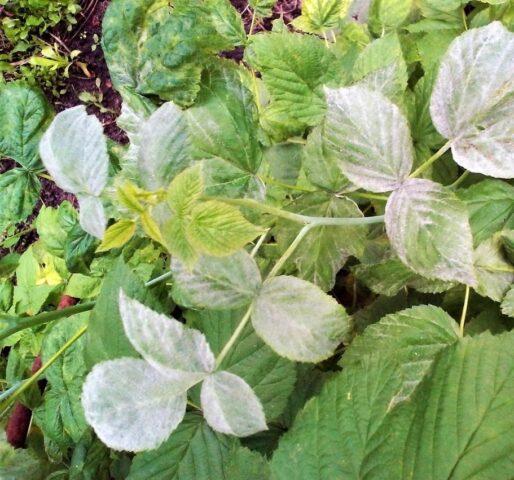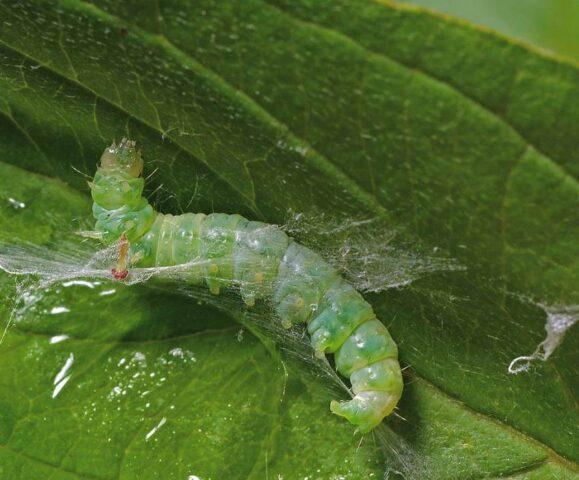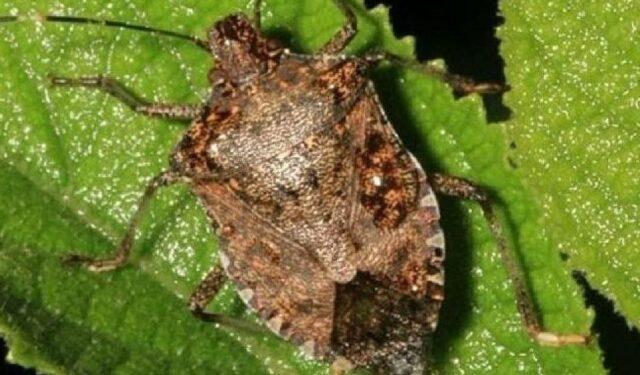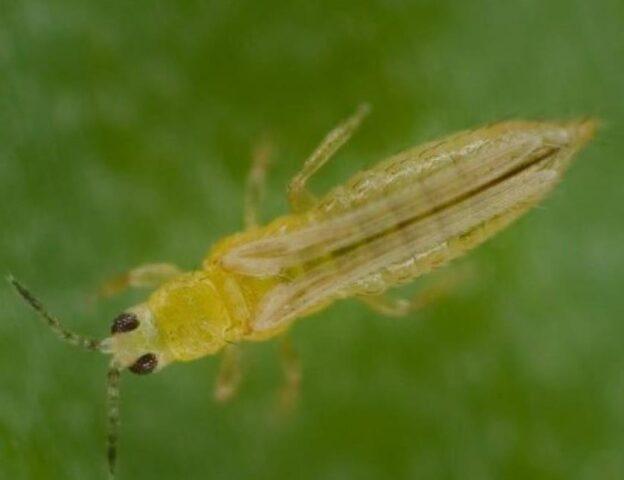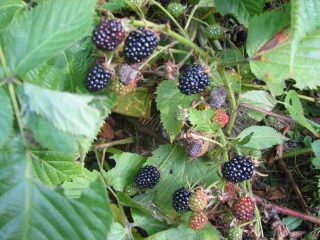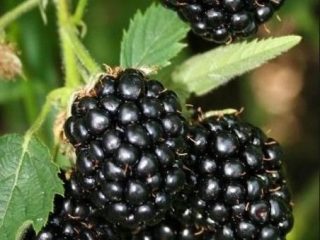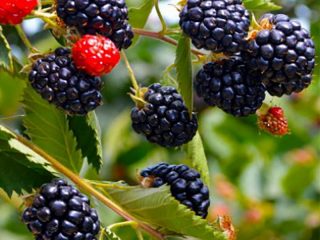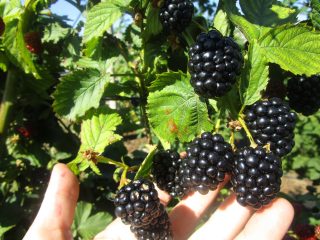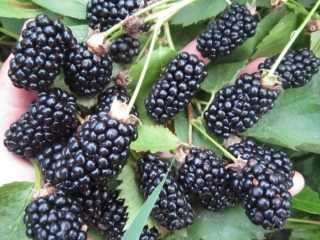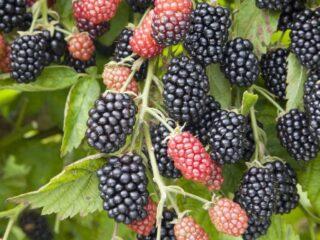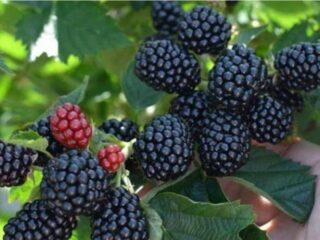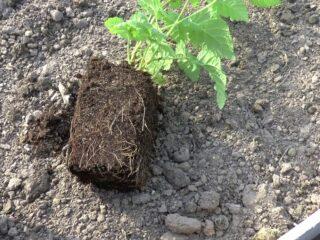Content
When choosing a fruit bush, many gardeners are faced with the question of which crop to give preference to. Indeed, thanks to the intensive work of breeders, their range has expanded significantly. Now, along with blackberries, nurseries sell blackberries. Both shrubs are valued for their high taste and beneficial properties of the fruit. However, not all novice gardeners understand what the difference is between blackberries and raspberries. In order not to make a mistake with your choice, you need to know the differences between these fruit crops.
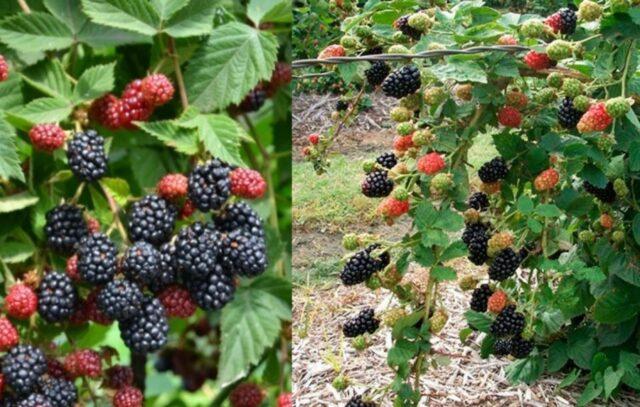
These shrubs are not recommended to be planted nearby
The difference between blackberries and raspberries
In almost all countries of the world with a temperate climate you can find dense thickets of blackberries. It grows in forests, ravines and on mountain slopes. This is a wild form of culture, which subsequently served as the basis for the development of garden varieties.
Unlike blackberries, blackberries cannot be found in the wild. This shrub was obtained at the end of the 19th century. And for a long time it remained unclaimed. Ezhemalina is the result of open pollination of nearby raspberry and blackberry bushes. And only over time did breeders become interested in it.As a result, varieties with unique taste qualities were developed. To thoroughly understand the difference between blackberries and raspberries, it is necessary to study in more detail the characteristics of each plant.
Appearance of bushes
Both crops are shrubs. But if blackberries have strong, powerful shoots, more than 3 m long, then raspberry shoots are shorter, up to 2.5 m, thin. The difference between crops lies in the structure of the bushes. In blackberries, all branches are intertwined and, without growth adjustments, quickly grow and form dense thickets. And Ezhmalina is characterized by a sparse structure of the bush. Its branches are initially straight-growing, and only at the top in some varieties they become arched. In this case, the shoots are located freely and do not intertwine with each other.
There is also a difference in the shade of the branches. The first shrub has young pagons of green color; after ripening they retain this shade, but are covered with a bluish coating. In raspberry, the growing shoots also have a similar color, but subsequently acquire a reddish tint.
Appearance of berries
Blackberries differ from blackberries, as can be seen in the photo, in the appearance of the berries, despite the fact that the drupe fruits have a black tint when ripe in both cases. In garden blackberries they are elongated-oval, and in raspberries they are round or hemispherical in shape. When harvesting the first crop, the receptacle breaks off at the point of attachment to the shoot and remains inside the berry, while in the second crop it is easily separated from the berries.
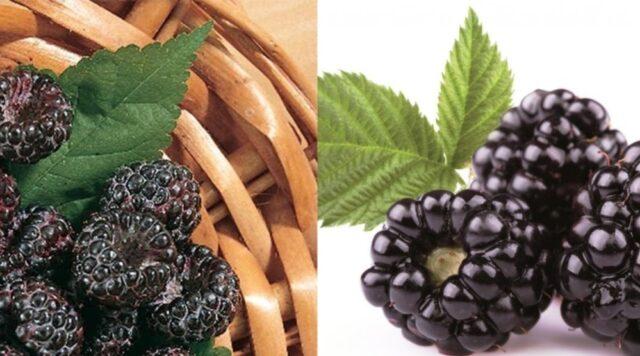
The difference is that inside ripe blackberries have a light shade, and blackberries are black, just like on top
Presence of thorns
There is also a difference between cultures in the thorns.In blackberries, they have a dense structure, a curved tip and a large size. In appearance they resemble rose thorns and are rarely located on the shoots. Ezhmalina's thorns are smaller, bendable, and short. They are densely located on the shoots and create a fleecy effect.
Fruiting
There is also a difference in fruiting. In blackberries it is extended and lasts for 4-6 weeks. At the same time, the yield of fruits is gradual. The yield is high, from one adult bush you can harvest 7-12 kg, depending on the variety.
Ezhemalina is characterized by a friendly yield of fruits. Berry picking can be carried out over two weeks. The yield of raspberry, in contrast to its relative, is lower due to the compact size of its bushes. From one plant you can collect from 3 to 5 kg of marketable fruits.
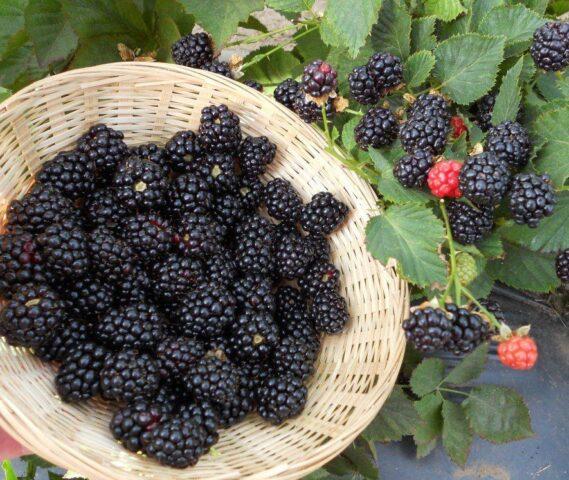
Blackberries, unlike raspberries, tolerate transportation better
Berries ripening time
The difference lies in the timing of crop ripening. This is due to the fact that the growing season of blackberries is longer, unlike raspberries. Therefore, the berries begin to ripen on the bushes of the first crop no earlier than mid-July. But at the same time, they stay on the shoots for a long time and do not fall off.
In the raspberries, fruiting occurs a month after the start of flowering. Therefore, you can feast on its berries, unlike related shrubs, as early as late June or early July, depending on the climatic conditions of the region. The fruits of the raspberry are prone to baking under the rays of the scorching sun. Therefore, it is recommended to harvest the crop in a timely manner.
Taste qualities of berries
You can distinguish blackberries from raspberries by taste.In the first case, the berries are moderately sweet with a pronounced sourness and slight astringency, despite the attempts of breeders to develop varieties with a high sugar content in the fruits.
Unlike blackberries, raspberries are characterized by higher taste qualities. Its berries are aromatic and sweet.
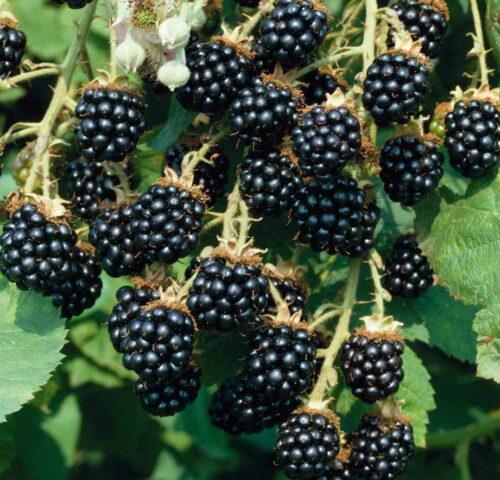
The tasting rating of many varieties of raspberries is 4.6-4.8 points out of a possible 5
Resistance to diseases and pests
Plants also differ in their resistance to unfavorable external factors. Blackberries are more susceptible to diseases and pests. Any mistakes made in care significantly weaken her immunity.
Common problems when growing blackberries:
- Root cancer. As a result of the lesion, galls appear on the shoots and roots of the shrub. Initially they are green, then acquire a dark shade. The disease cannot be treated.
Mechanical damage to shoots and roots increases the likelihood of developing root cancer
- Late blight. The disease causes rotting of the root system. Grows on heavy, poorly drained soils.
Regular loosening of row spacing is an excellent prevention against late blight.
- Anthracnose. The disease becomes more active during the period of growth of young shoots. It appears as red-violet spots, which later become gray. Then they dry out and cracks appear in problem areas.
Straight-growing blackberry varieties are more likely to suffer from anthracnose
- Septoria. The disease affects the fruits, leaves and shoots of the bush. Appears as round spots with a light center and brown edges.
Septoria leads to decreased frost resistance
- Powdery mildew.The disease develops in the first half of summer against a background of high temperature and humidity. It appears as a white coating on the leaves, which later becomes brown.
Powdery mildew disrupts photosynthesis
- Leaf rollers. These are mobile green caterpillars that feed on bush leaves. The affected plates curl up.
Leaf rollers become active in the first half of summer
- Marbled shield. The pest attacks blackberries during the formation of the ovary and ripening of the fruit. This leads to their rotting. The size of the marbled stink bug is 12-17 mm. There may be differences in the color of the pest, depending on the variety.
The marbled stink bug emits a specific odor when it senses danger.
- Thrips. Small insects, up to 2 mm in size. They become active during the flowering period of the bush. They feed on leaves and young shoots, making tunnels in them.
Thrips are carriers of viral diseases
Unlike blackberries, blackberries are highly resistant to diseases and pests. It can be defeated only when planted close to other infected shrubs.
What do blackberries and raspberries have in common?
Despite the differences between these plants, they also have a lot in common. This is explained by belonging to the same family and genus.
General properties of raspberries and blackberries
- drupes;
- rich chemical composition of berries;
- versatility of application;
- two-year life cycle of shoots;
- average level of frost resistance;
- the need for tying to a support, pruning;
- high ability to reproduce vegetatively.
Conclusion
The difference between blackberries and raspberries is significant, but it becomes clear only when comparing the main characteristics of the crops.Therefore, when choosing seedlings, you need to pay attention to this. But regardless of the differences, both berries benefit human health, and therefore it is impossible to say for sure which one is better.
